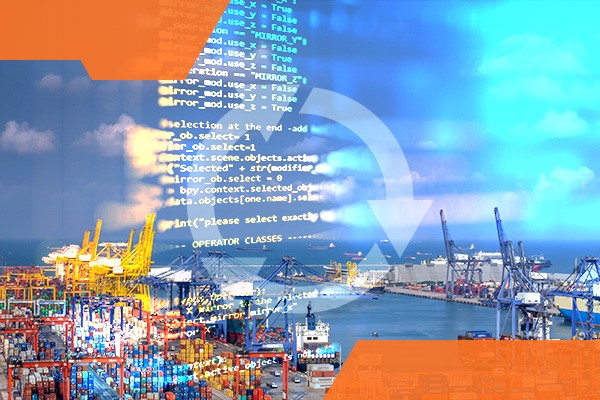

Vessel operating costs in the shipping industry are expected to increase by 3.1% in 2020, according to Moore Stephens' survey, 'Future Operating Costs Survey'.
For the maritime industry such trend creates a need to consider ways for optimizing a ship’s voyage in terms of fuel reduction, vessel emission reduction and decrease in sailing time in an efficient manner. All in all, optimizing a single voyage is one of the main objectives of a shipping company in order to be cost competitive.
That being said; the question to be asked is whether the digitalisation of the maritime sector has stepped forward with a relevant solution to the urgent needs of the industry.
What do we have already in the market?

Basically, optimal route generation has been created from point A to point B – “from port to port”. The observational updates have not been applied on-the-go, meaning that only the initial numerical modelling has been used. Moreover, each factor has been applied to the calculations separately - fuel, distance, weather conditions etc. As a result, these restrictions to the basic route optimisation process have built a corridor too narrow to manoeuvre in.
All the factors might alter on the way, creating a need for a continuous updating: optimising a route just before a voyage is far from enough. Secondly, sufficient accuracy can be achieved solely with all the factors taken into modelling at once, which ensures weighted approach to the calculations.
It is a huge amount of data that generates one of the biggest challenges for an upgraded approach towards voyage optimisation. Approximately 800 million edges need to be considered in search of an optimal route in maritime navigation, and it is almost 15 times more than needed for USA road network. Another one is vessel’s type that also affects the result of calculations and needs to be considered every time a route is being optimised.
Can these and other related challenges be overcome already today? The answer is yes.
Wärtsilä Advanced Intelligent Routing (AIR) Solution

Wärtsilä Advanced Intelligent Routing (AIR) is a technically unique solution that follows multi-objective optimization theory, which overcomes the limitations of the classical approach, while keeping all its benefits in place.
It generates an optimal route from any point to any point, while considering a record high number of factors:
- Distance
- Safety
- Weather and currents
- Schedule
- Cost of operation
- Fuel consumption
- Local traffic patterns
- Non-formal factors
Moreover, AIR framework is extendable, which means that any optimisation criteria can be added if required for specific business needs. AIR provides a continuous update of a route, ensuring the most accurate and up-to-date analysis of a voyage progress in case of weather conditions changes, port availability disruptions etc. The continuous update feature allows the system to be more resistant to unavoidable errors in long-term weather forecasts, and therefore opens way for effective and reliable just-in-time arrival.
Additionally, vessel’s type is being considered: dimensional and manoeuvring capabilities, propulsion, energy consumption, ecological attributes and other characteristics, impacting route optimisation.
Such an unlimited flexibility, versatility and continuity of voyage planning (and re-planning at times) maximise the efficiency of a given vessel. In the end, any shipping company seeks cost efficiency in a labyrinth of the unyielding frames of legislation and tightening conditions of competition. Finally, there's a clear way to navigate through - Wärtsilä AIR.
Related solutions
Did you like this? Subscribe to Insights updates!
Once every six weeks, you will get the top picks – the latest and the greatest pieces – from this Insights channel by email.


